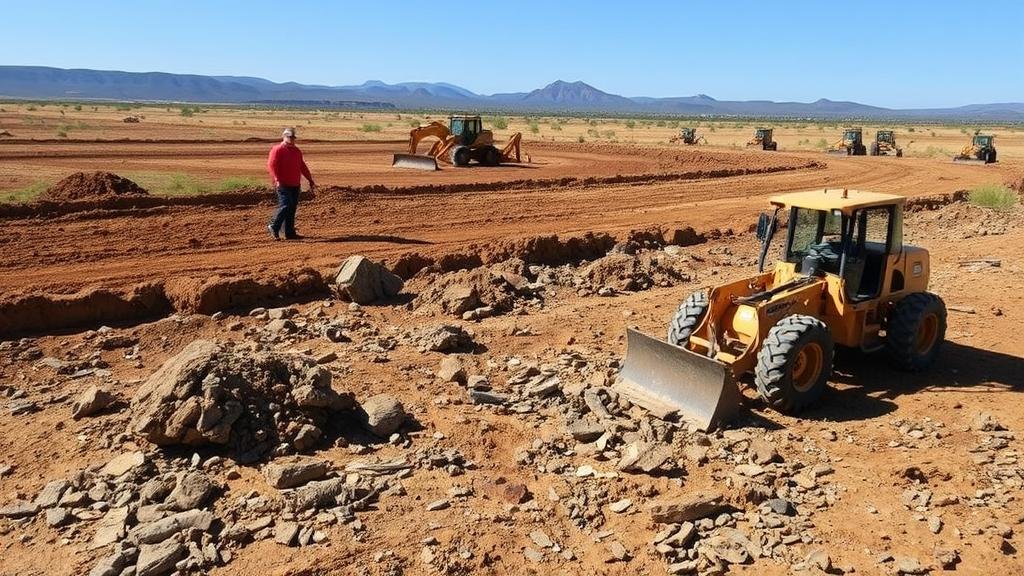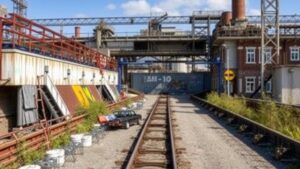Techniques for Recovering Relics in Areas of Active or Recent Land Development
Techniques for Recovering Relics in Areas of Active or Recent Land Development
As urbanization accelerates, the intersection of modern land development and archaeological preservation becomes increasingly vital. Techniques for recovering relics in these active areas are not just crucial for the preservation of history, but also for integrating cultural heritage into modern narratives. This article explores effective methods, challenges, and case studies highlighting these techniques to ensure both development and heritage conservation can coexist harmoniously.
Understanding the Regulatory Framework
Before initiating the recovery of relics, it is important to understand the legal landscape governing archaeological discoveries. Various national and local laws, like the National Historic Preservation Act (NHPA) in the United States, mandate that developers assess the potential archaeological impact of their projects. Also, many countries have adopted UNESCOs recommendations on the preservation of cultural heritage.
Developers are often required to conduct archaeological surveys prior to digging. Failure to follow these regulations can lead to significant fines and project delays, making compliance essential. For example, during the construction of the new San Francisco Giants baseball stadium, developers were required to conduct extensive pre-construction surveys, which ultimately led to the discovery of numerous historical artifacts.
Techniques for Site Assessment
Once the regulatory framework is understood, the next step is site assessment, which involves several techniques:
- Surface Surveys: These non-invasive methods involve visually inspecting the land for artifacts. Using tools like GPS and drones can enhance accuracy and efficiency in mapping the site.
- Geophysical Surveys: Techniques like Ground Penetrating Radar (GPR) and magnetometry can help identify subsurface anomalies without excavation. For example, GPR can detect wall foundations or burial sites, thus guiding excavation efforts.
In a case study from the Field Museum in Chicago, geophysical surveys revealed an extensive underground network of features at a proposed development site, allowing archaeologists to target excavation areas more effectively and reduce disruption.
Excavation Techniques
When relics are identified, excavation can commence, but it must be carried out judiciously to minimize damage. Key techniques include:
- Stratigraphic Excavation: This method involves digging in layers (strata) to uncover artifacts from different time periods without mixing them up. It gives context to the artifacts found and is crucial for understanding historical timelines.
- Test Pits: Small exploratory pits can be dug to further investigate areas of interest before large-scale excavation. This technique provides preliminary information and informs the decision-making process.
The excavation of the ancient Roman fort at Vindolanda exemplifies stratigraphic excavations effectiveness. This meticulous approach allowed archaeologists to uncover layers dating back to AD 79, providing insights into everyday life in the Roman Empire.
Artifact Recovery and Preservation
After excavation, the focus shifts to recovering and preserving artifacts. This phase encompasses:
- Conservation Techniques: Artifacts, especially organic materials like wood or textiles, require special handling and often need to be treated in controlled environments to prevent decay.
- Cataloging and Documentation: Every find should be meticulously cataloged and digitally documented. This practice ensures proper records are maintained for future research and reference.
A notable example is the preservation efforts undertaken by the Museum of London, where thousands of artifacts from the Crossrail project were meticulously cataloged, allowing for in-depth studies and exhibitions.
Community Engagement and Education
Engaging with local communities is vital both for public support and to enhance the educational impact of archaeological discoveries. Techniques include:
- Public Archaeology Programs: These initiatives involve local residents in the excavation process, fostering a sense of ownership and pride in cultural heritage.
- Workshops and Exhibitions: Showcasing the importance of the findings through public exhibitions can elevate community awareness and appreciation for history.
The successful community engagement model used during the Chester Roman Road excavations in the UK has led to increased public participation and funding for ongoing archaeological activities.
Challenges and Considerations
Despite the advanced techniques available, challenges persist in recovering relics during active land development. These include:
- Time Constraints: Development deadlines can pressure archaeological teams, leading to rushed excavations which risk damaging artifacts.
- Funding Limitations: Archaeological work is often underfunded, which can limit the scope and depth of investigations.
Addressing these challenges requires early integration of archaeological considerations into the development process, as seen in the case of the High Line in New York City, where planning involved extensive archaeological consultation and funding.
Conclusion
Recovering relics in areas of active or recent land development demands a nuanced approach that respects both historical integrity and modern needs. By employing a variety of techniques–from regulatory compliance through to community engagement–developers and archaeologists can work together to ensure that cultural heritage is preserved, even amidst the advance of urban sprawl. Ultimately, this integrated approach not only protects our cultural history but also enriches the narrative of contemporary societies.



